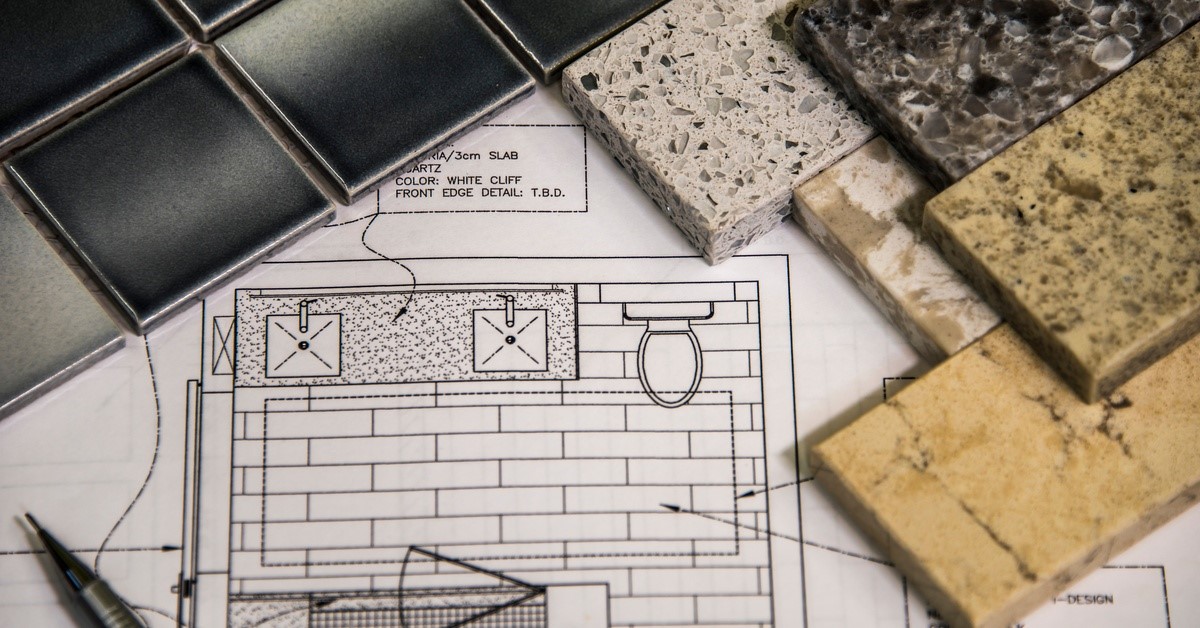
Remodeling a bathroom to suit aging in place requires you to balance safety, accessibility, and comfort while maintaining style and functionality. Such a thoughtfully designed space ensures that individuals can live independently for as long as possible without constantly modifying their environment.
Whether you’re planning for yourself, a family member, or renovating a home with future needs in mind, incorporating smart design principles can positively impact usability. Reference our comprehensive guide to designing a bathroom with aging in place in mind as you create a space that ages gracefully along with its users.
Start With a Safe and Stable Foundation
One of the most critical aspects of bathroom design for aging in place is prioritizing non-slip and durable surfaces. The designs of floors, shower areas, and even countertops should minimize slips and falls.
Non-Slip Flooring
Look for flooring options with inherent slip resistance like textured vinyl, rubber flooring, or tiles with a matte finish. Options labeled as slip-resistant boost safety, particularly in wet or humid conditions.
Curbless Showers
A curbless or walk-in shower functions without any raised barrier, reducing the chances of tripping. This design seamlessly transitions the shower area into the broader bathroom flooring.
Proper Drainage
Ensure the bathroom slopes slightly toward the drain to avoid water pooling, which can create slippery surfaces. With these foundational elements, you can enhance safety and lay the groundwork for a polished aesthetic.
Make Accessibility a Priority
Accessible design is essential when creating a bathroom for aging in place. A universally accessible bathroom considers mobility aids, reachability, and ease of use for individuals of all abilities. There are several ways to thoughtfully incorporate accessibility.
Widen Pathways and Doorways
A door width of at least 36 inches is ideal for wheelchairs and walkers. If space allows, consider pocket doors, which slide into the wall rather than swinging open. This door type is great for maximizing usable space.
Install Strategic Grab Bars
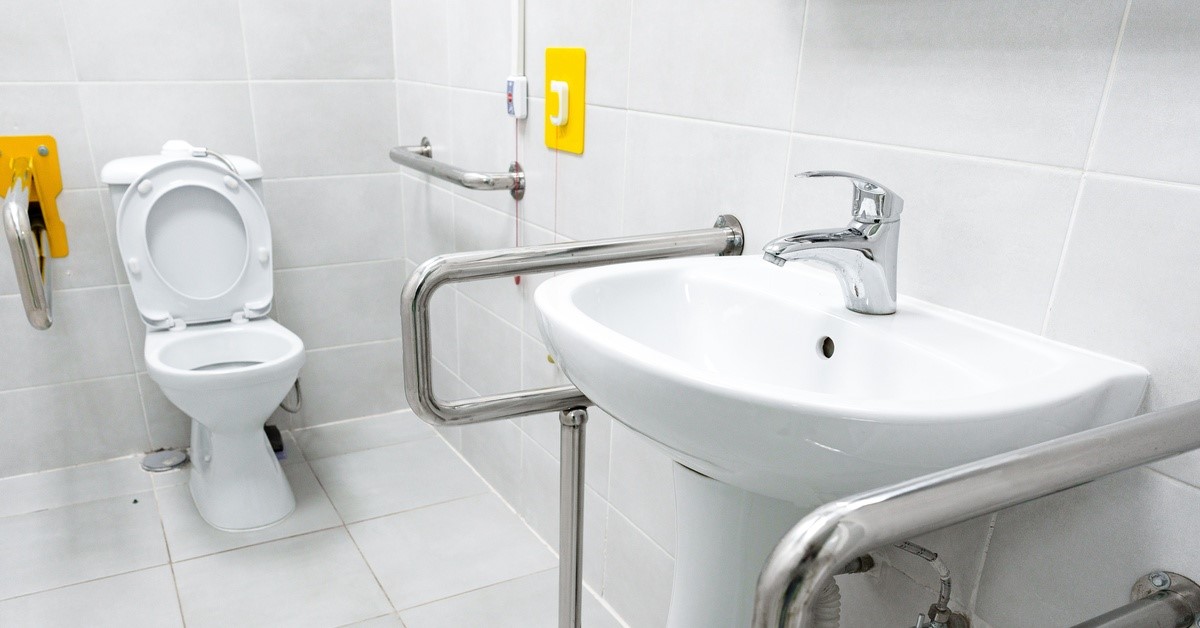
Grab bars improve stability where it matters most. Position them in the following critical areas:
- Beside the toilet for easy sitting and standing
- Inside and near the shower or tub for balance
- Alongside walls in high-traffic areas of the bathroom
These features are now available in various finishes and sleek styles. So, consider choosing grab bars with a design that blends with the bathroom’s décor.
Choose Elevated Fixtures
Standard fixtures can strain those with limited mobility. Mitigate this by implementing the following:
- Higher toilets: Comfort-height toilets that are approximately 17 to 19 inches from the floor make sitting and standing less cumbersome.
- Wall-mounted sinks: These offer more knee room and provide access for wheelchairs or seated users.
- Single-lever faucets: Replacing traditional twist knobs with single-lever or touchless faucets ensures users can operate them with minimal strength or dexterity.
Create a Well-Lit Environment
This guide to designing a bathroom with aging in place in mind addresses lighting because ample lighting enhances safety and comfort. Aging eyes require higher levels of light and should avoid glare wherever possible. Smart lighting placement and the adaptive options listed below are key:
- Layered lighting: Use energy-efficient LED lights and combine overhead ambient lighting with task lighting around mirrors and vanities.
- Motion-sensor fixtures: These fixtures help eliminate fumbling for light switches in the dark, which is beneficial for nighttime bathroom visits.
- Adjustable lighting controls: Dimmer switches or adjustable smart lights allow users to tune the brightness to their preferences.
When implementing these options, position light fixtures to reduce shadows and glare. Doing so can help prevent disorientation and slipping hazards.
Focus on Shower and Bathtub Safety
Showers and bathtubs pose some of the highest risks of injury in a bathroom, making their design one of the top priorities for aging in place. To ensure comfort and safety dictate every design choice for these areas, enlist the services of local home contractors experienced in providing custom bathroom solutions.
For North Carolina homeowners looking for custom shower builders in Winston-Salem, look no further than Reece Builders. Our team members have years of experience with adding accessible features to showers and tubs for bathroom remodeling projects. Using our expertise, quality materials, and specialized techniques, we can incorporate the following structures in your bathroom to support aging in place for your home’s residents.
Walk-In Tubs and Zero-Entry Showers
While a traditional tub requires stepping over a lip, walk-in tubs have doors that open for easy access. Similarly, zero-entry showers provide barrier-free walking areas that are wheelchair-friendly and convenient for those with limited mobility. Additionally, shower seating combines comfort and safety, with fold-down benches or built-in seats being especially useful for those with limited stamina.
Handheld Showerheads
Adjustable, handheld showerheads are ideal for seated users and allow for greater flexibility when bathing. Pair them with a sliding bar that lets users adjust the height to suit standing and seated positions.
Incorporate Thoughtful Storage Solutions
Accessible storage is essential to keeping toiletries organized and within reach. Cabinets and storage options should minimize bending, reaching, or digging.
- Pull-out shelves: These minimize the need to reach deep into cabinets, with drawer inserts or organizers helping keep items in place.
- Open shelving: Placing commonly used items on open, waist-level shelves ensures easy access.
- Built-in niches: Shower niches allow residents to store toiletries without the need for external caddies that could clutter the space and pose tripping hazards.
Ventilation Is Key
A well-ventilated bathroom promotes comfort and prevents potential health and safety issues like mold, mildew, and odors. Strategically installed exhaust fans can properly circulate air and reduce humidity levels. Look for fans with low noise levels and automatic moisture sensors for a low-maintenance solution.
Select Durable, Low-Maintenance Finishes
The materials used in an aging-in-place bathroom should combine durability with low upkeep. Look for finishes that resist water, wear, and stains, ensuring the bathroom looks its best for years. Consider the following options:
- Quartz countertops: Non-porous and stain-resistant, quartz is a great alternative to high-maintenance materials like wood or marble.
- Porcelain tiles: These tiles resist moisture and cracking while offering a range of aesthetic options.
- Washable paint or waterproof wall panels: These materials reduce maintenance time and prevent issues caused by dampness over time.
Future-Proof the Space
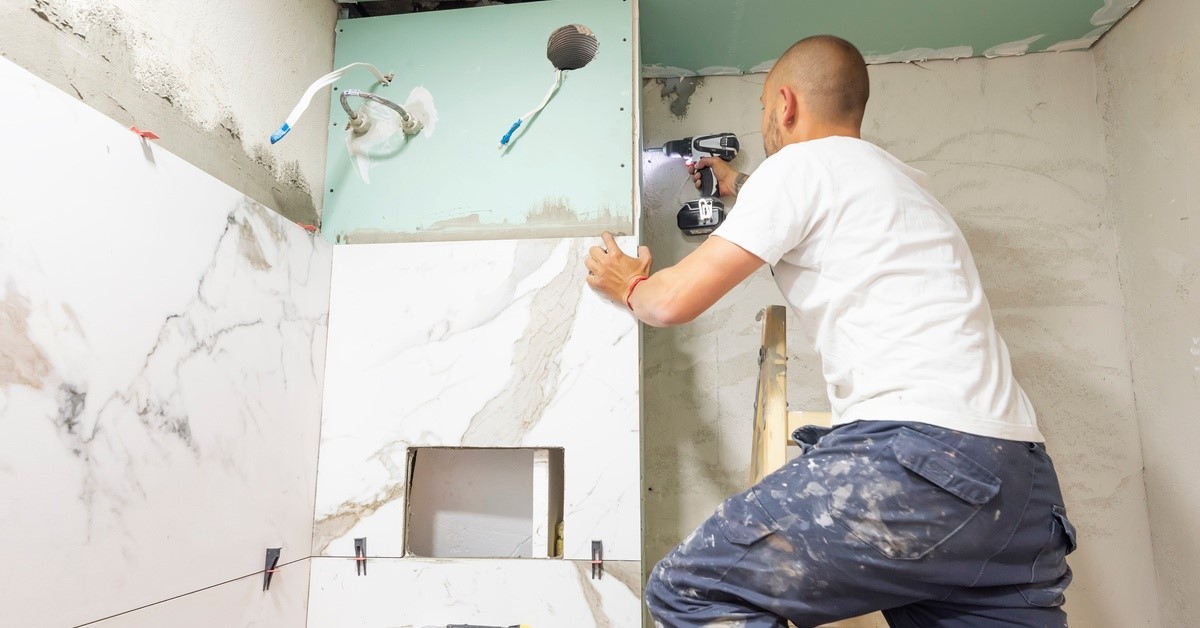
Designing for aging in place involves anticipating future needs that may not yet apply. Some features, like those listed below, may seem excessive now, but they can save time and money on renovations down the line.
- Reinforced walls: Reinforce walls behind the drywall to make it easier to install grab bars or other features later without compromising the integrity of the structure.
- Adjustable-height features: Install vanities and countertops you can easily retrofit to different heights as needs change.
- Plumbing accessibility: Place water and drain lines in accessible locations under the sink or behind walls for quicker adaptation to new fixtures.
Partner With Experts To Prepare for Aging in Place
Designing a bathroom for aging in place is a project where attention to detail is paramount. The experts at Reece Builders, experienced in universal design principles, can help you create a space tailored to specific needs that also adheres to code requirements. Ultimately, careful planning and thoughtful design can help a bathroom become a safe and accessible space that feels comfortable, beautiful, and enjoyable for years to come.
Subscribe to Reece Builders's Blog


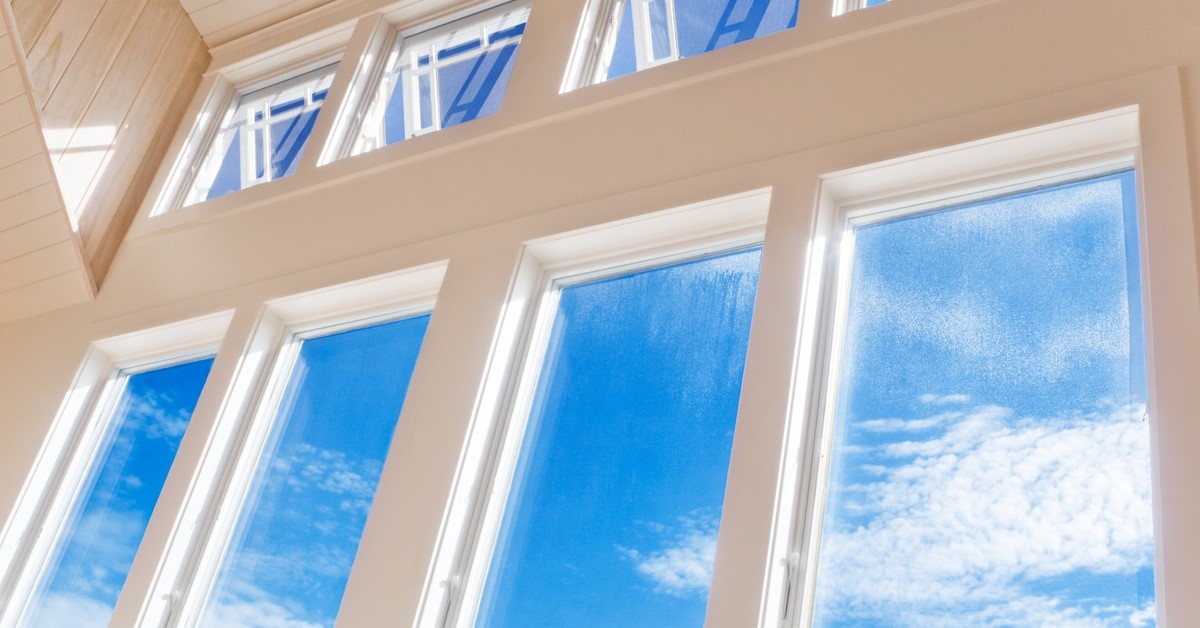

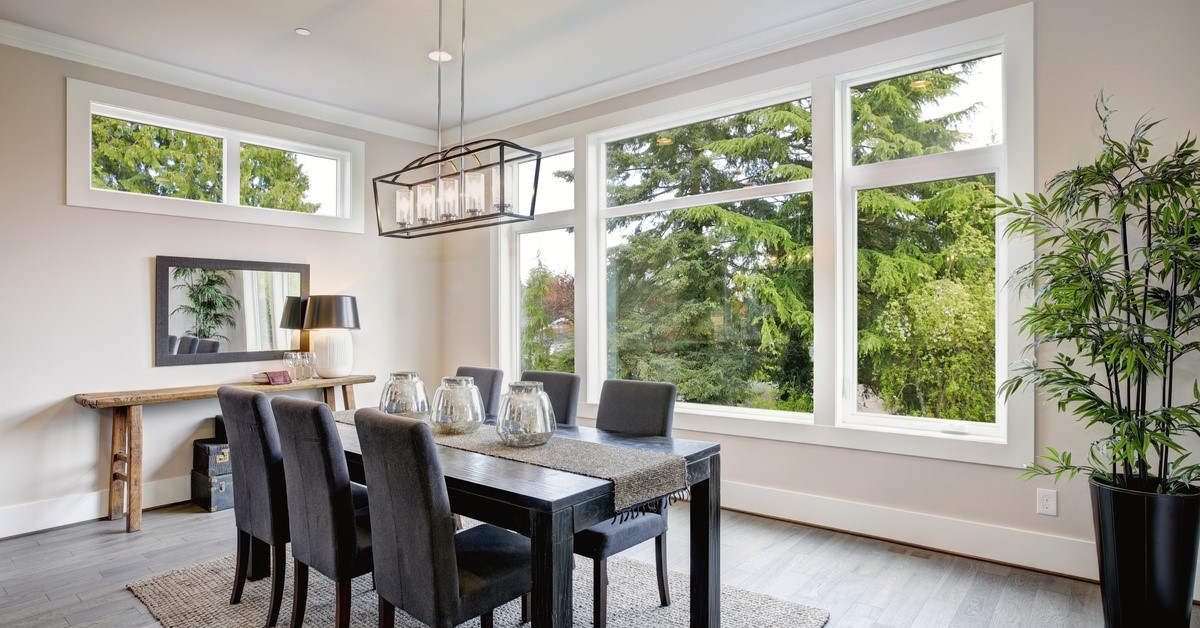
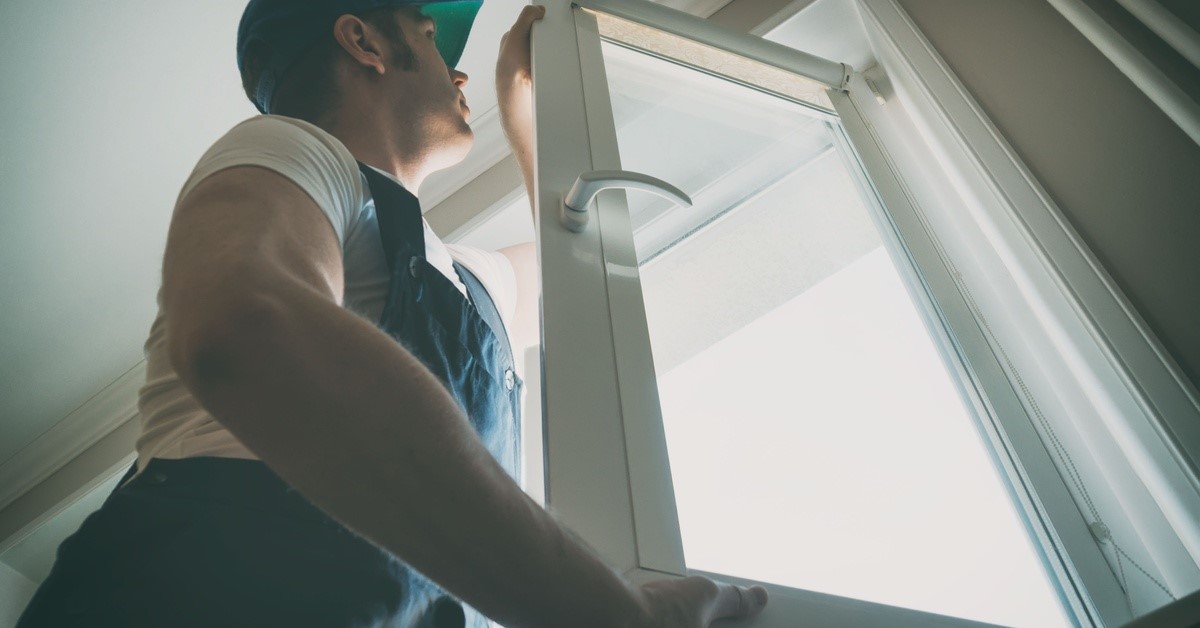
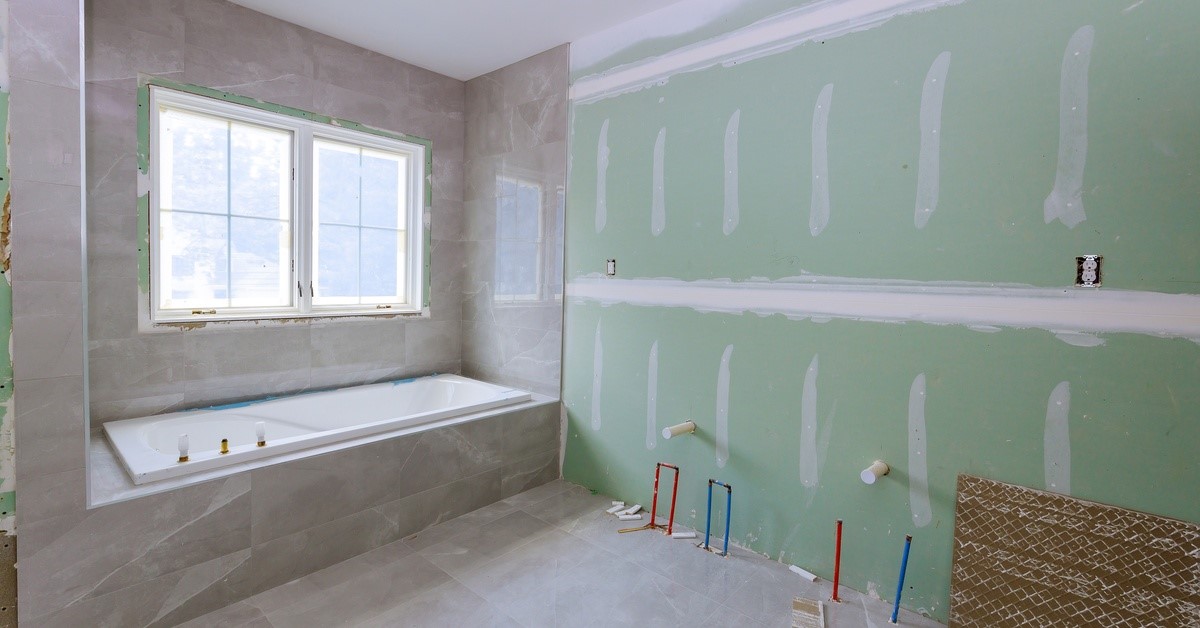
Comments